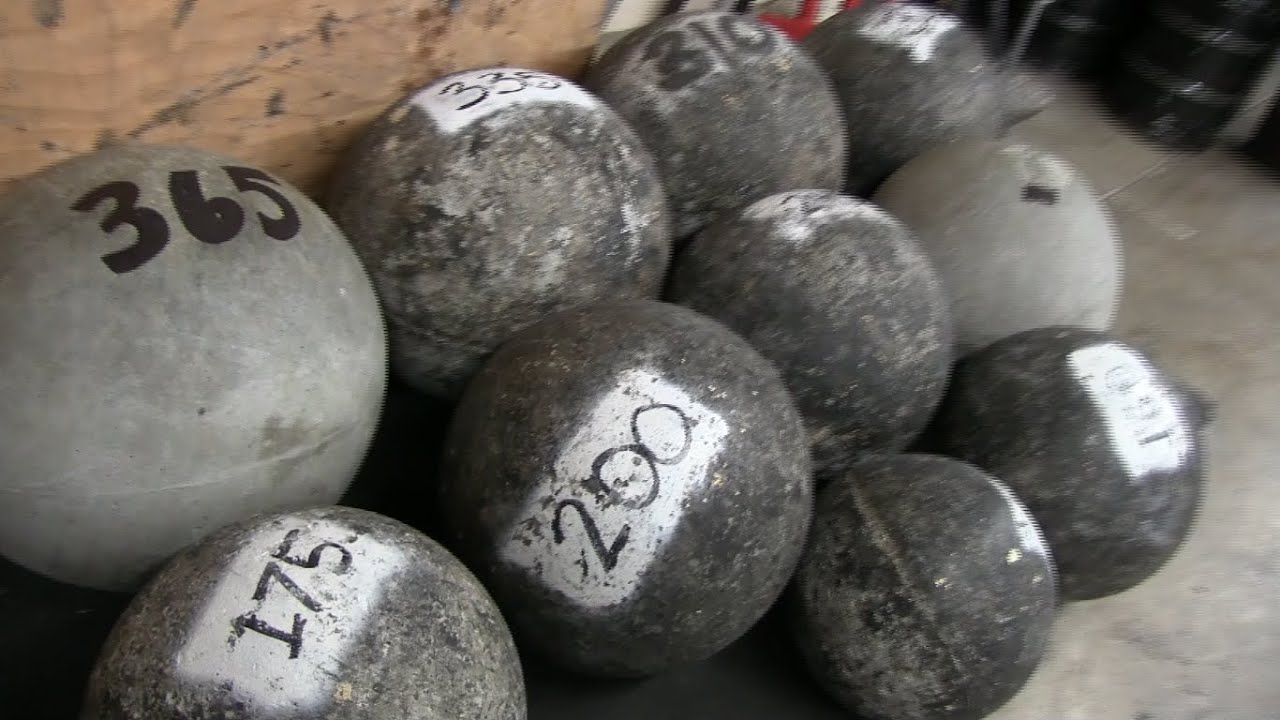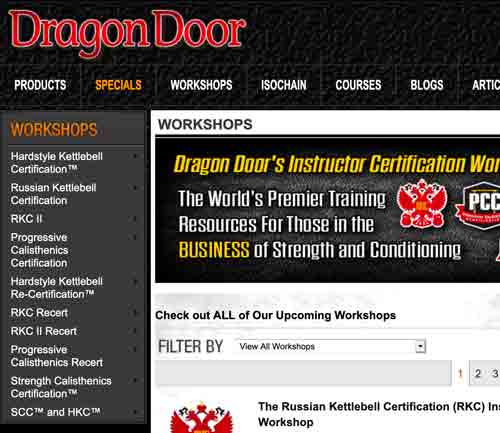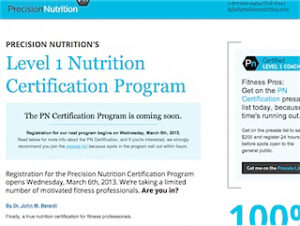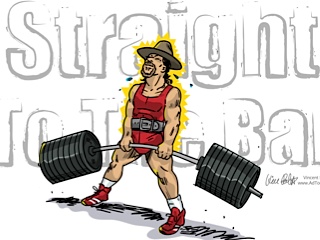
As strength athletes, we spend much of our training time lifting and moving very heavy weight. These loads place tremendous strain on the body and can lead to tension and improper muscular alignment when performed without proper recovery. I’m sure most of us are aware of just how quickly tight hamstrings (for example) break down proper form on a squat or stone lift! Over time, if the form is not corrected, it’s quite possible a serious injury may occur. By applying the techniques discussed below, we can release the tension built-up over time from heavy training and help our bodies prevent injury in the future.
The Science
SMR–Self-Myofascial Release–is the simplest way to use a foam roller. Think of it as “stretching without the stretch“. During SMR, pressure is applied to a muscle causing activation of the Golgi Tendon Organ, which in turn signals muscle spindles to release and relax the muscle being worked on. In addition, SMR also breaks down scar tissue and unsticks muscle fascia as you work your way from one end of the muscle to the other.
While this double-whammy of “stretch” and “massage” makes SMR an amazingly efficient prehab and recovery tool, the best part is that it can be applied to your current training program without too much adjustment. A 10- or 15-minute SMR progression at the end of your current routine can serve as a great cool down after a hard day of lifting.
General Guidelines
- Roll the entire length of the muscle at a comfortable pace.
- Stop on tender spots for 20-30 seconds and apply static pressure, then continue rolling.
- If a muscle is particularly tight or sore, roll it briefly and return to it later for a second or third pass after you roll the other muscle groups.
- Some rolling is better than no rolling at all. If you’re pressed for time, select only a few muscle groups to work on and schedule the rest for a later session.
- The more often you roll, the better; but even 2 or 3 sessions per week will lead to improvements.
When I foam roll, I prefer to begin at my calves and work my way up to the neck. Feel free to experiment and find a sequence that works best for your needs and with your program.
The Techniques
Calves

Sit with your calves on top of the roller. Use your arms to lift your butt off the ground, placing pressure on the calves. Locking the knees straight puts more emphasis on the gastrocnemius; unlocking the knees puts more emphasis on the soleus and achilles tendon.

Rolling onto the inner and outer calves will work the peroneals muscles. To increase the pressure, stack one leg on top of the other.
Hamstrings

Sit with your hamstrings on top of the roller. Lift your butt off the ground and place pressure on the hamstrings. Lifting your feet off the ground and/or rolling one hamstring at a time will increase the pressure on the muscles.
IT Band and Glute Medius

Turn so the side of your thigh is resting on top of the roller. Place the foot of the opposite leg on the ground in front of you and use your arms to control the pressure. Be sure not to turn too far on to the front or back of the thigh. To increase the pressure, lift the foot of the working leg off the ground.

To work the gluteus medius, place the side of your hip socket onto the foam roller. Make sure you don’t lean too far forward or back. Lift the foot of the working leg of the ground to increase pressure.
Quads, TFL and Adductors

Turn so the front of your thighs are resting on top of the foam roller. Lift your feet off the ground and/or roll one leg at a time to increase the pressure. Be sure to work both the vastus medialis and vastus lateralis by adjusting the angle of your thigh.

Working one leg at a time, place the front of your thigh on top of the roller. Rock forward and back until you feel pressure right on the hip socket. Use your arms and feet to adjust the pressure.

To work the adductors, lie face down with the roller parallel to your body. Flex one hip and place your inner thigh onto the roller.
Glute Max

To work the glute max, sit with your hands and feet on the floor and your butt resting on the foam roller. Be cautious not to bruise your tail bone as you roll along the length of the muscle. Shifting your weight onto one butt cheek will increase the pressure in that glute.

To hit the piriformis, bring the ankle of the working leg onto the knee of the supporting leg, lifting that butt cheek off the foam roller. Adjust the pressure by shifting weight on and off the supporting hand and foot.
Rhomboids & Upper Traps

Lie with your shoulder blades on the foam roller and your feet on the ground. Your butt is off the floor and your arms are straight above your head, palms facing each other. Roll from the base of your shoulder blades up to the base of the skull.

To increase the pressure, bring your hands down and clasp your own triceps in a bear hug. Flex your obliques and lean your rib cage to one side. If you do this right, your hips remain stationary and you can now focus on one rhomboid at a time.
Lats

Lie on your side and place your armpit on the foam roller. The arm is straight, thumb up, and your body remains on the ground. Rotate the arm externally until you feel a stretch in the lat and then return it to the starting position. Repeat for reps or hold for time. To increase pressure, use a harder foam roller.
Thoracic Extension

While not technically myofascial release, I consider this movement highly beneficial and encourage you to add it to your routine.
Place the bottom ridge of your shoulder blades on the roller. Your knees are bent and your feet and butt remain on the ground throughout the movement, fingers interlocked behind your head. Instead of contracting your abs, concentrate on extending your head and shoulders up and over the foam roll. Resist the urge to extend from the lumbar spine. The movement should originate from between the shoulder blades. You will feel your ribs expand and your pecs stretch slightly. 1 set of 6-8 reps is plenty. As you become more comfortable extending from the thoracic spine, increase the number of reps to 10-12.
Final Thoughts
The longer and more consistently you practice the above techniques, the better your results will be. Including even a few of these movements into your program will improve your mobility and increase the quality of your muscle fiber. This will help you achieve new personal records and heavier lifts.
References
Robertson, M. (2008). Self-myofascial release: Purpose, methods and techniques.
Robertson Training Systems.
Russell, A. (2002). Self-myofascial release techniques.
Retrieved May 1, 2009, from PT on the Net Web site: www.ptonthenet.com/displayarticle.aspx?ArticleID=1134
Equipment
In terms of equipment, foam rollers are as simple as it comes. To give any of these wonderful exercises a run, check out the offerings on sites like Amazon. Perfect.











0 Comments